A patient’s best friend
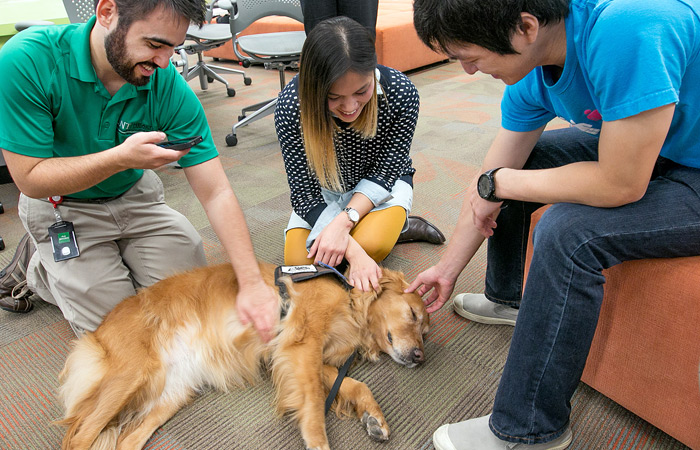
Katie, a 9-year-old rescued Golden Retriever, can do math by pawing out the answers, bow her head to pray and catch a bone off her nose.
But her greatest gift may be in nurturing others, from sick children to elderly adults with dementia.
“She just loves people,” said her handler, Dianne Hughes. “You can’t teach that.”
Katie is one of several registered therapy dogs who regularly are brought to the UNT Health Science Center campus to provide stress relief to students. The students, in turn, are encouraged to explore the many way the dogs can be incorporated into their own practices to improve patients’ lives and health.
Once thought to be too unsanitary to go into hospitals, therapy dogs are finding a place in physical rehabilitation facilities, hospices, nursing homes and psychologists’ offices.
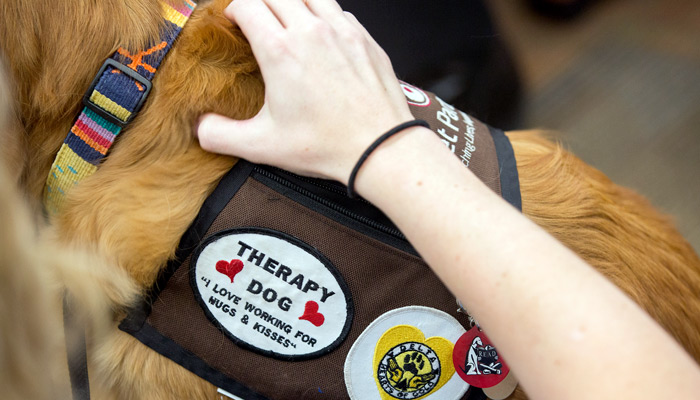
Animals provide therapy, comfort, motivation and inspiration, said Dr. Claire Peel, Vice Provost and Dean of the School of Health Professions. They’re going to airports to help distressed travelers, visiting disaster sites to comfort survivors and sitting beside therapists treating abused children.
“Sometimes children will talk to a dog before they’ll talk to a human psychologist,” said Dr. Peel, who also is a therapy dog handler.
An adult recovering from a stroke may find it easier to throw a ball for a dog than to do exercises with a physical therapist. They might prefer to practice talking to a dog instead of a speech therapist.
“Someone going through rehabilitation will often walk faster and farther when they’re walking with a dog,” Dr. Peel said.
Hesper Fang, a physical therapy student, said she can see how animals can aid in a patient’s recovery.
“A lot of patients don’t like therapy – it puts them in such a bad mood,” she said. “But a dog can really make a difference.”
Studies have shown animals can lower blood pressure, diminish pain, reduce anxiety and enhance social behaviors.
But so much of what a therapy dog does cannot be easily measured.
“They do the miracle part,” Mrs. Hughes said.
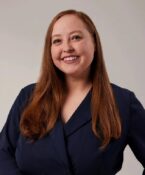
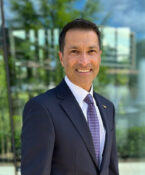

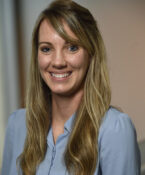

Social media